In this first module of the 90Day SEO course, we’re going to look at SEO problems.
Specifically:
We’re going to highlight all the problems you will be able to fix by the time you’re done.
By understanding the most common problems you learn:
- What to look for on a site
- How to systematically improve a site
Plus it’s way cheaper to learn from other people’s mistakes and I’ve seen a lot of people’s mistakes over the years!
There is no reason for you to be making the same mistakes!
So let me walk you through the 5 most common SEO problems that you should learn from and don’t worry if you have any of these problems, I’ll teach you how to fix them later in the program.
Problem #1 – Bad Site Design
Good website design is key for SEO.
Why?
Because it helps to present trust and keep people engaged.
If you want people to:
- Link to your site
- Share your content
- Join your mailing list
- Click your affiliate links
- Buy your products/services
You’re going to need to earn their trust.
Let’s look at two examples of good and bad design to give this context.Personal finance is a niche where people are distrusting of people. Searchers want to know they’re talking with someone reputable.I Will Teach You To Be Rich has created a great looking website which instantly projects trust:
 You can see it’s:
You can see it’s:
- Professional
- Easy to navigate
- Well branded
You’d have no problems trusting this website if you were to find it in the SERPS.
On the other hand:
Idea Flavour’s site looks untrustworthy when you first see it:
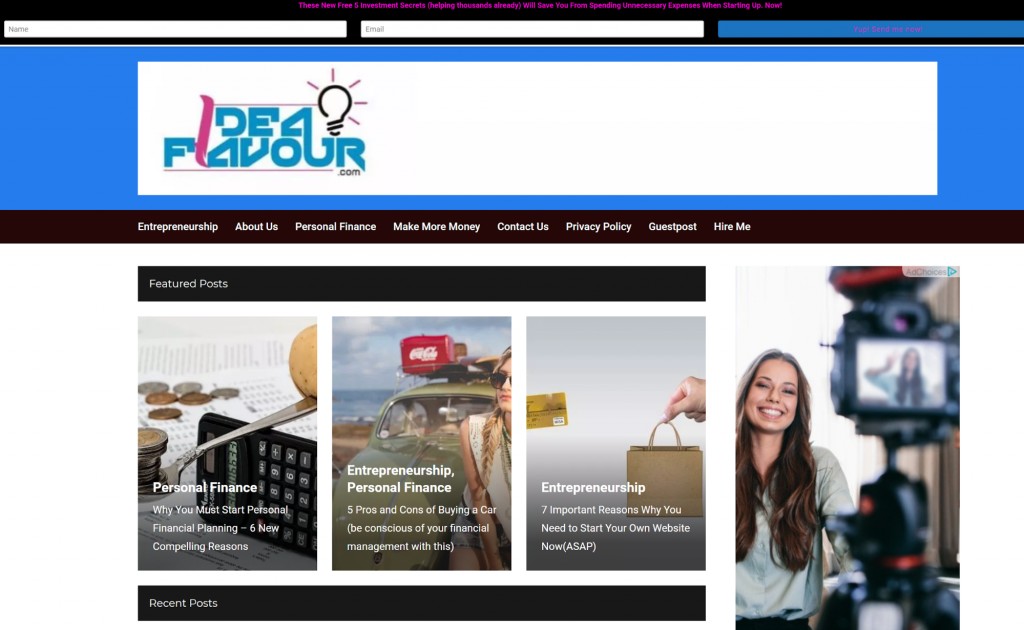
If you were to land on this site from the SERPs you would leave instantly.
Why?
Because it looks like the front for a scam and you wouldn’t expect a financial site you can trust to have big white areas in the header with Adsense ads above the fold.
A design like this means you are always going to be pushing a rock uphill.
Not only from a sales perspective but also because you’ll see lower response rates from your link building attempts later.
This is an avoidable SEO problem, especially when we have great tools like Elementor & Astra or a plethora of responsive themes to choose from.
In fact we purely used Elementor to build out my SEO agencies site–
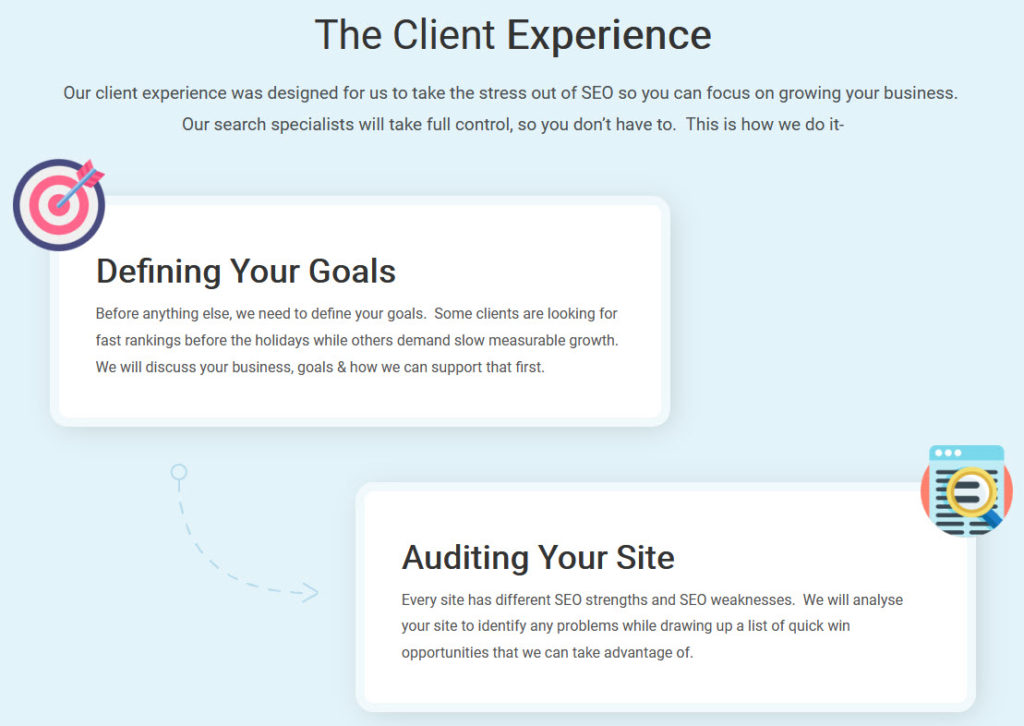
There is no excuse for weak design because it hurts you on so many levels yet it’s the single most common SEO problem I come across.
Problem #2 – Poor On-Site SEO
This mistake is two-fold:
- Bad website structure
- Technical SEO errors
And most people don’t even know they have a problem here. In fact just last week I found a huge internal linking and site structure problem on one of my own sites.
It’s an easy trap to fall into and in my case it was because of a rogue related posts plugin that decided to start recommending the same 3 pieces of content over and over rather than recommending relevant content randomly.
So pay close attention here, even if you think you don’t have to!
It’s amazing how easy site structure and technical SEO issues can creep in unknowingly.
Bad Website Structure
Website structure is critical to your website’s growth.
The easier your site is for:
- Visitors to use
- Google to understand
The better you will rank and the better you will turn that traffic into profit.
Yet many sites have become chaotic and have content hidden in the depths of their site that looks a little this:

There are pages here which are hidden ten clicks into their site, making them virtually impossible for users and Google to find.
Instead, all your content should be within three clicks of your homepage.
That looks like this:

See the difference?
The easier it is for both humans and Google to find your most important content, the better!
Technical SEO Errors
These are page-level factors which collectively, can negatively impact your rankings.
These include simple things like…
…missing title tags and meta descriptions on posts.
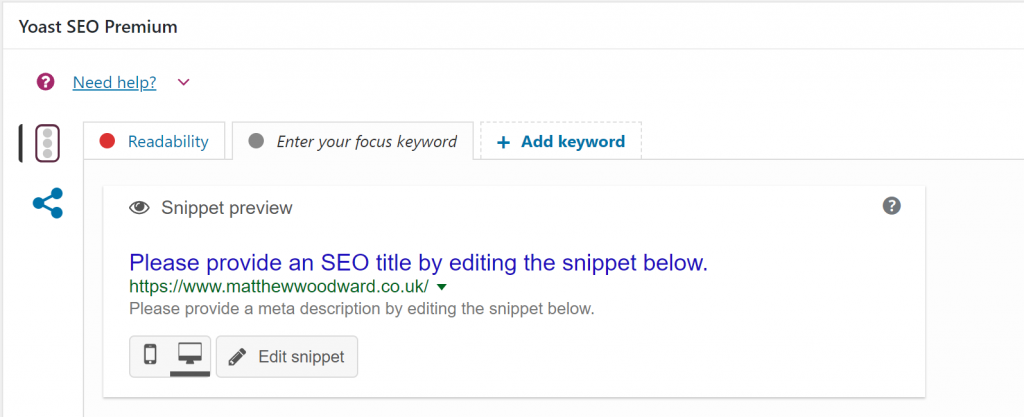
…broken links in your content (this happens a lot!).
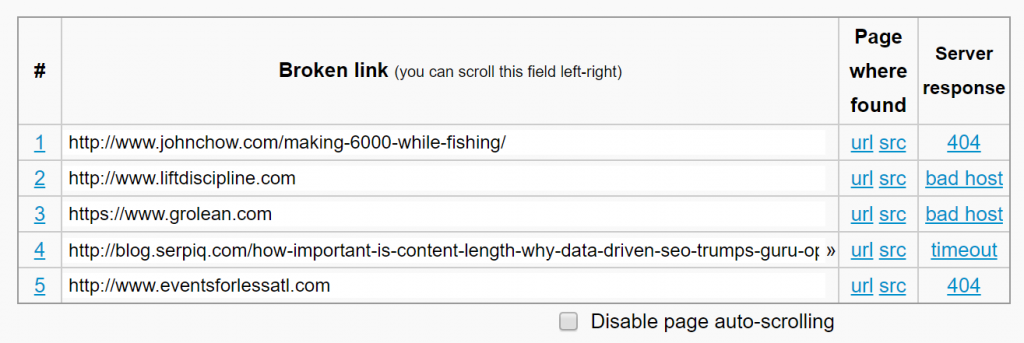
…and images without optimised title tags or alt tags.
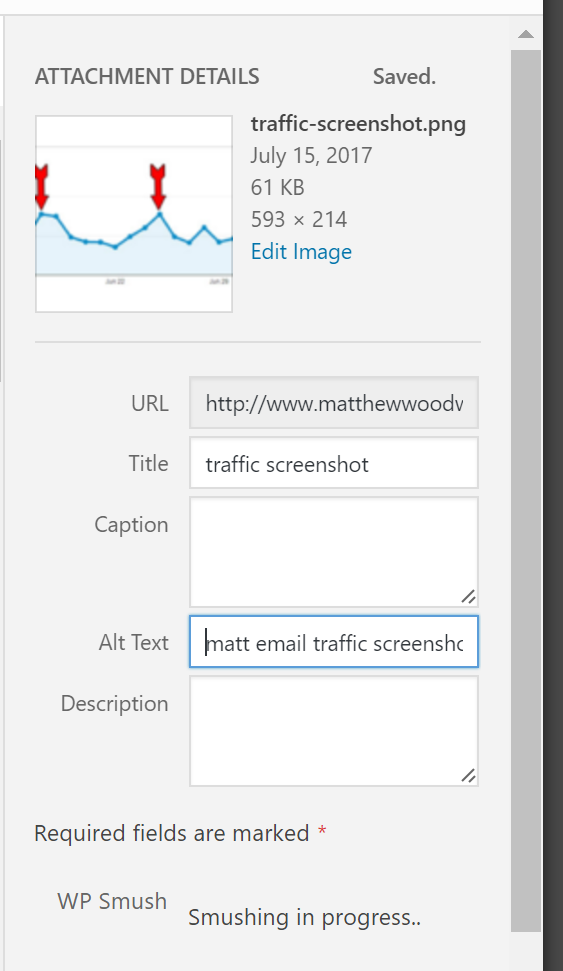
And last but not least…
Duplicate content which appears on your site multiple times because of a range of problems like bad index management, no use of canonical tags, duplicate landing pages, using manufacturer product descriptions and so forth.
In some cases we have even found entire staging and development sites indexed which was doing significant damage to rankings.
Problem #3 – Content That Doesn’t Deserve To Rank!
The better your content is the more chance you have to rank well for your target keywords.
It will be easier to build links to, people will spend more time reading it, you’ll see higher conversions AND it will become a traffic magnet.
But what is the difference between high and low-quality content?
Good quality content is:
- Accurate and up-to-date
- Well organised
- Easy to read
- Long enough to effectively cover the topic
- Free from spammy links or too many affiliate links
Take a look at two reviews for Rosetta Stone to illustrate.
This first post is an example of low-quality content:
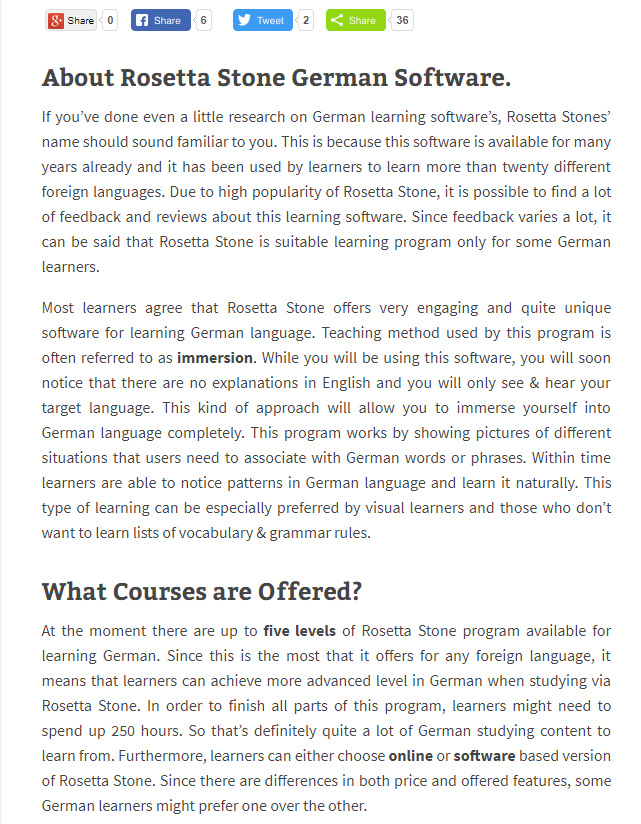
You can see it is:
- Poorly formatted
- Hard to read
- Generally poor English
- Doesn’t provide any tangible information
- It’s focused on the keyword (not the human reading it)
- It’s anonymous
However, this review from Language 101 is an example of high-quality content:
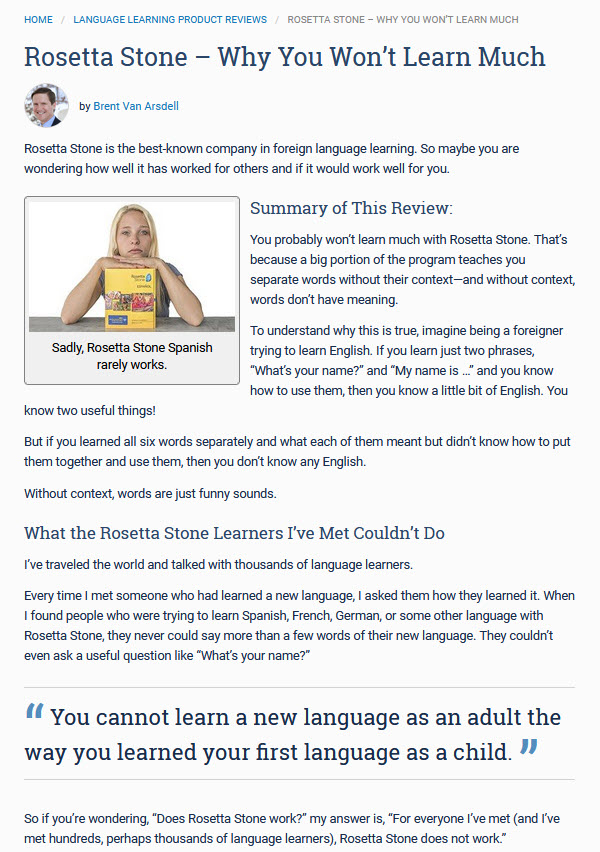
As you scroll through the content, you will see that it is:
- Nicely formatted
- Easy to read
- Creates value
- Honest
- Written by a real person
All of which add to the reader’s experience.
And there should be absolutely no surprise that this article ranks highly for its target keyword:

As well as needing to create high quality content that search engines and humans love, you also need to build out content that is topically relevant.
This means if you’re trying to rank for a keyword, Google needs to see other related content on your site.
For example, if you write an article on:
- Rosetta stone: you’ll need other language-learning content
- Fishing rods: you’ll need other fishing content
- Coffee makers: you’ll need other coffee-related content
This means you need to go wide and deep into your topic.
We often see sites trying to go wide with lots of topics, but then not creating the depth they need for topical relevancy but you won’t have this problem once I have finished with you!
Problem #4 – No Link Building Strategy
Many webmasters fall into the same trap:
- They perform keyword research.
- They create high-quality, keyword-rich content
- They share it.
- Then they forget about it.
Let’s be clear:
Just having high-quality content isn’t enough. You also need backlinks and a cleary defined strategy of how to build them.
Links work like “upvotes” for your content in the eyes of Google yet it’s amazing how many people do not have an active link building strategy.
The only way you’re ever going to get your content to rank (and stay ranked) is by having a repeatable link building strategy layered on top of a solid SEO foundation.
Problem #5 – No SEO Strategy, Period
The final mistake I see is having zero SEO strategy.
This means a webmaster is either creating no content or doing so without:
- Considering design
- Keyword research
- Optimizing on-page elements
- Thinking about conversion
- Link building
Or any type of structured approach at all. Most people are just guessing and hoping rather than structuring, planning and executing.
That makes it much harder to rank in search engines and drive organic traffic to your site but I am going to help you start fixing that this week.
The 3x Parts Of A Solid SEO Strategy
My motto for a solid SEO strategy is:
People tend to over complicate SEO and overwhelm themselves.But it doesn’t need to be that way.You can achieve a lot by getting the basics right and not just in SEO, but in busines and general life as well. If you get the basics of anything right, you will see success.But what are the basics of SEO you ask?Well, a solid SEO strategy is built on 3 core principles:
- Technical SEO: a healthy website structure
- Content creation: creating helpful resources
- Link building: getting relevant people to link to your site
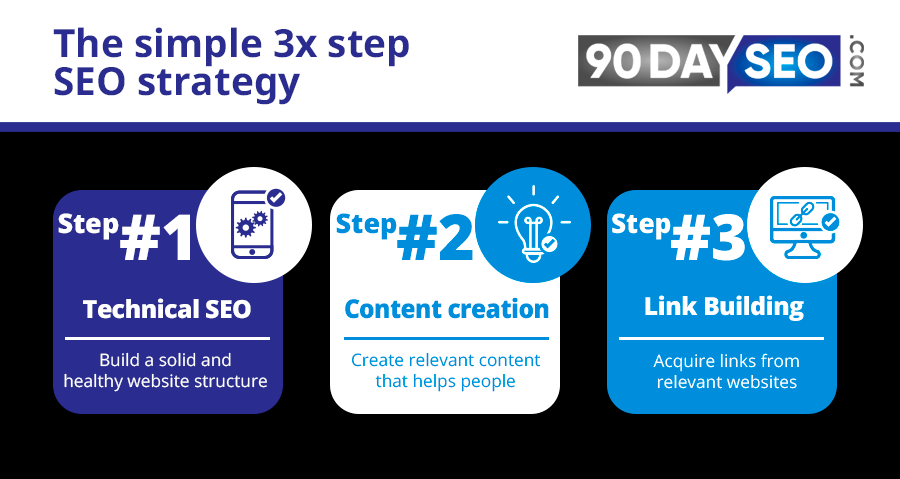
These are the 3 core principles that drive our entire strategy and mindset because if you can do those three things well…
…you will see success!
Final Words…
By now you should have a general idea of the major SEO problems that most websites face.
Don’t worry if you feel like you have any of these problems right now, you’ll learn how to tackle each of these (and many more) throughout this course.
But first, we need to create a plan of attack together so please join me in the next topic now.